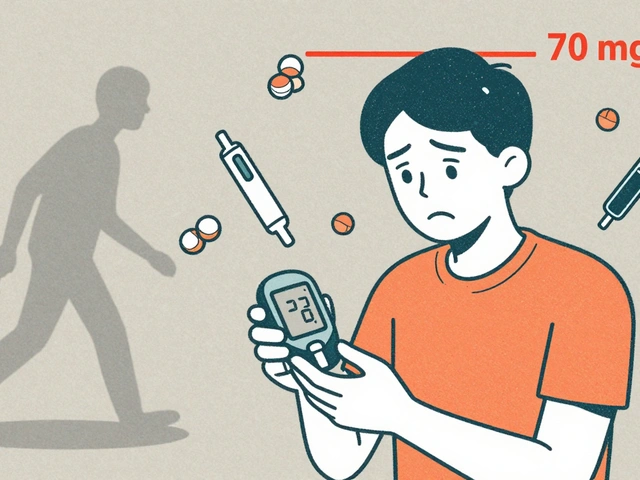Statin Timing: When to Take Cholesterol Meds for Best Results
When you take your statin, a class of drugs used to lower LDL cholesterol and reduce heart attack risk. Also known as HMG-CoA reductase inhibitors, these medications work by blocking a liver enzyme that makes cholesterol. But taking them at the wrong time can cut their effectiveness—and increase side effects like muscle pain. The key isn’t just taking them—it’s taking them at the right time.
Most statins, including simvastatin, lovastatin, and pravastatin work best when taken at night. That’s because your liver produces most cholesterol while you sleep. Taking the pill before bed lines up the drug’s peak action with your body’s natural cholesterol spike. But not all statins follow this rule. rosuvastatin and atorvastatin, longer-acting statins can be taken anytime—morning, noon, or night—because they stay active in your blood for over 20 hours. If you’re on one of these, consistency matters more than timing.
Why does this even matter? Because timing affects how well your LDL cholesterol, the "bad" cholesterol linked to artery clogging drops. A 2019 study in the Journal of Clinical Lipidology found people who took short-acting statins at night lowered their LDL 15% more than those who took them in the morning. And for older adults, especially those on multiple meds, getting the timing right can reduce muscle pain—a common reason people quit statins altogether.
Some people swear by morning doses because they forget at night. Others take theirs with dinner to avoid stomach upset. That’s fine—if you’re on a long-acting statin. But if you’re on simvastatin or lovastatin and taking it in the morning, you’re probably not getting the full benefit. Don’t switch without talking to your doctor. Your pill’s half-life, your liver function, and other meds you take all play a role.
What about food? Most statins work fine with or without food, but lovastatin needs food to be absorbed properly. Grapefruit juice? Avoid it with simvastatin and atorvastatin—it can spike drug levels and raise your risk of muscle damage. If you’re drinking grapefruit juice daily, your doctor might switch you to a safer option like pravastatin or rosuvastatin.
And don’t ignore side effects. Muscle soreness, fatigue, or dark urine aren’t normal. These could mean your body isn’t handling the statin well. That’s not always about timing—it could be genetics, age, or another drug you’re taking, like the ones mentioned in our posts on medication interactions or aging and drug tolerance. But getting the timing right can sometimes reduce those risks.
Bottom line: If you’re on a short-acting statin, take it at night. If you’re on a long-acting one, pick a time you won’t forget. Write it down. Set a phone alert. Your heart will thank you. Below, you’ll find real-world stories and studies from people who’ve navigated statin timing, side effects, and how to make it work with their daily life—without guesswork.

- Nov 21, 2025
- Posted by Cillian Osterfield
Night vs Morning Statin Dosing: What Really Matters for Side Effects and Effectiveness
Does taking your statin at night or morning make a difference? For most people today, the answer is no. What matters more is sticking to your schedule every day.
Categories
- Health and Wellness (57)
- Medications (40)
- Health and Medicine (22)
- Pharmacy Services (10)
- Mental Health (5)
- Health and Career (2)
- Medical Research (2)
- Business and Finance (2)
- Health Information (1)
Latest Posts
©2025 heydoctor.su. All rights reserved





